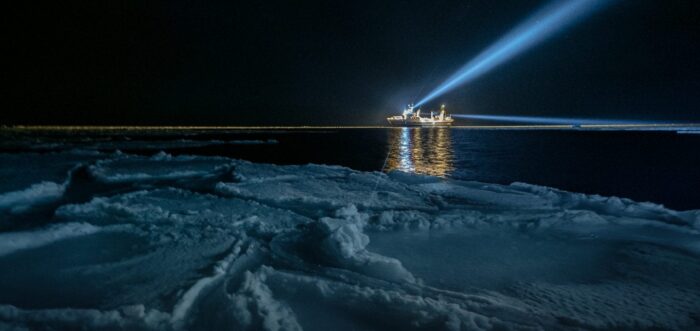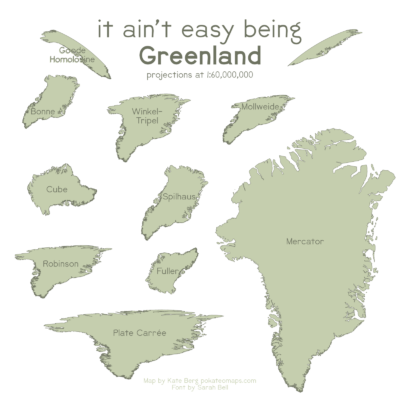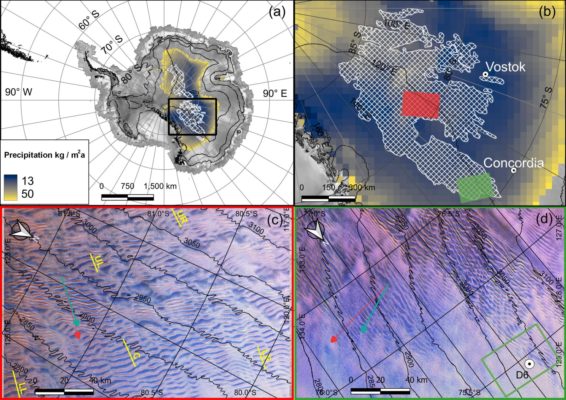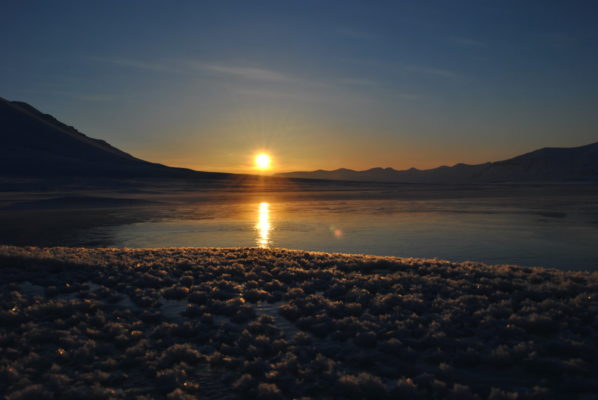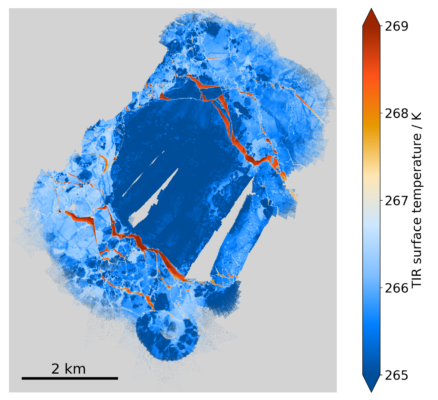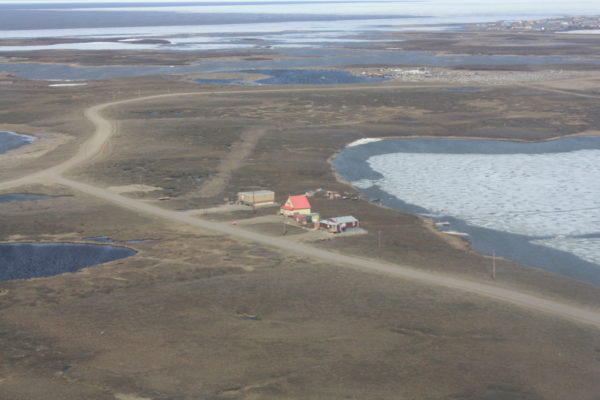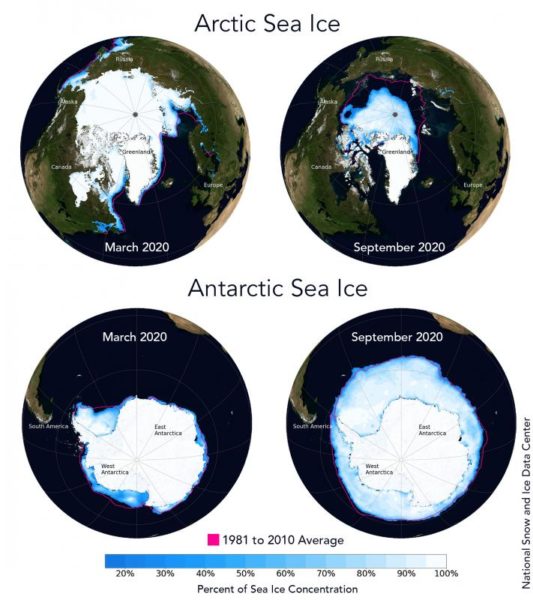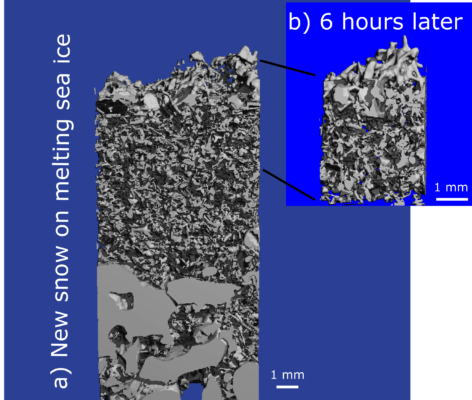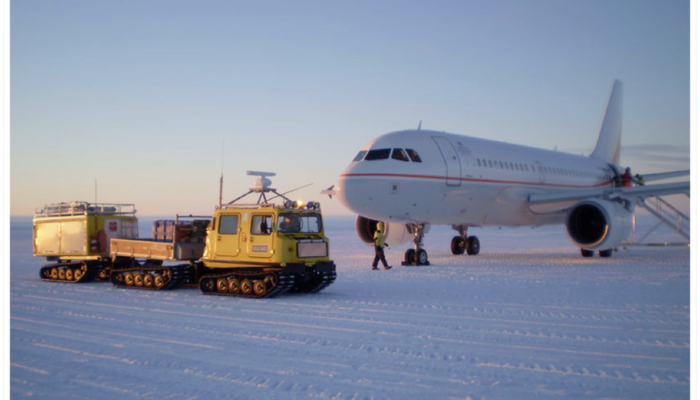Light emissions are increasing worldwide and much of the world is light polluted due to excessive and inefficient light use. This has negative consequences for many organisms, such as birds, insects, fish, plants and humans. Even in the high Arctic, which is remote and sparsely populated, and experiences the polar night for a large part of the year, there are artificial light sources which disturb ...[Read More]
Did you know there is light pollution even in the Arctic?
